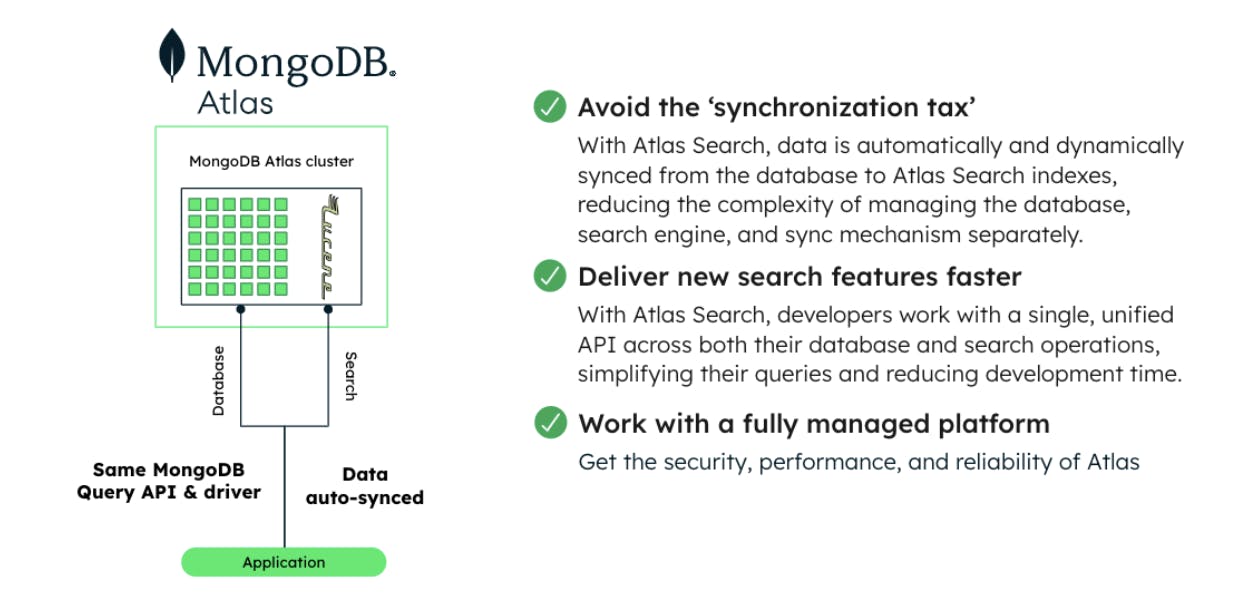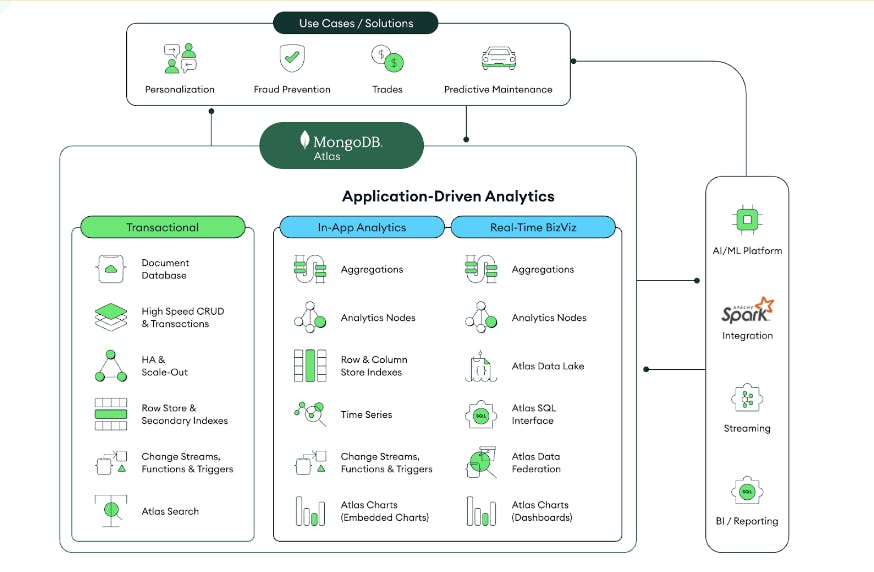What the C-Suite Should Know About Data Strategy for 2023
Trying to predict the future is obviously fraught with difficulty. Anything can happen. Just look at the past few years, where it seemed like everything and anything did happen.
With us now in the second month of 2023 and the rest of the year shaping up to be one of potentially big changes and disruptions, the only clear indicator of what’s to come is what we’ve seen trending in the months, weeks, and days preceding this new year.
So, with that said, here are five things the C-suite is likely to see more of as 2023 progresses. And what it all means for building a resilient, enduring, and innovative data strategy.
1. Software may still be eating the world, but developers are eating all the work
Almost 12 years ago, Marc Andreessen proclaimed, “software is eating the world.” And while that sentiment still holds true today, the biggest beneficiaries of software’s global appetites will continue to be developers.
In an interview with The Cube at last year’s AWS re:Invent, MongoDB CEO Dev Ittycheria put it this way: “It’s almost a cliche to say now that software is eating the world. Because every company’s value proposition is driven by software. But what that really means is developers are eating all the work.”
One of the best examples of developers “eating all the work” is DevOps. At the advent of DevOps, we saw software development teams incorporate the previously separate domain of IT operations into their work, while turning infrastructure into a programmable interface and creating a continuous feedback loop that improved developer agility. But DevOps was just the start.
We’re now seeing developers embedding other previously separate domains into their work, such as security, data science, and data analytics (more on that below).
The business implications of embedding these previously disparate domains into software development are quite huge. It means rapid innovation, faster time-to-market, better fraud detection and prevention, A/B testing — the list goes on and on.
With software continuing to eat the world, developers are continuing to eat all the work while also taking massive bites out of silos.
2. Builder teams will require less and less complexity
With software development teams taking on more work, we’re also going to see the need to reduce complexity. Particularly when it comes to bolt-on solutions.
Search is a good example here. For a lot of teams out there, database operations and search have traditionally been two separate systems that are then glued together. Which doesn’t usually decrease complexity. In fact, the opposite happens. Such as having to manage dependencies across systems.
But when teams have access to a single, unified, and fully-managed platform that integrates the database, search engine, and sync mechanism, you remove the need for glue and the complexity goes way down.

As SVP of products at MongoDB Andrew Davidson said on a recent episode of The Cloudcast: “...Search as a bolt-on [and] entirely different system… has such a profoundly inconsistent experience that if you can bring it in to have near consistency in line with the database, that's a game changer…”
And with development teams taking on more and more work previously associated with separate domains, like analytics (described above), they’re needing to use other systems that have also been traditionally glued together.
So the question facing many organizations this year and beyond will be: Why spend time moving data between separate glued-together solutions for things like search, visualization, and analytics, when a single data platform can handle it all?
3. Apps are going to get a lot smarter
If you were to go back 15 years to 2008 — which, wow, can’t believe that was 15 years ago, but anyway… — you’d notice just how radically the technology landscape has really changed. Cloud computing wasn’t quite yet a thing back then. And mobile was really just getting off the ground.
Today, an equally sizable shift is happening.
In an interview with SiliconAngle this past November, MongoDB CEO Dev Ittycheria said: “I believe the next big platform shift is moving from dumb apps to smart apps that incorporate machine learning, AI, and very sophisticated automation.”
As mentioned previously, development teams are taking on more work associated with previously separate domains. This is also happening with data analytics, which previously lived outside the application development process.
But now analytics is “shifting left” directly into app development. The results for businesses are: the ability for applications to process and analyze real-time data much, much faster and at a lower cost, and to both understand trends and make more informed predictions based on those trends. The results for customers are greater personalization and richer digital experiences.
Building smarter applications is the future. But how quickly and effectively organizations do that is still dependent on their data platforms. Not all can bring analytics into app development in the same ways. In this respect, the future may be smarter applications; but for different businesses — to paraphrase author William Gibson — that future isn’t evenly distributed. Yet.

Encryption, encryption, [$a&*9Qd]
Encryption will not only continue to be critical for how organizations store their data, it will also revolutionize how data is used in the application development process.
Ask a lot of software veterans about data encryption and they’re likely to tell you how important it is. They’ll also likely say that encryption, particularly in-use encryption, can have scalability issues and/or complexity problems.
But in 2023 and beyond, new advancements will make those issues a thing of the past.
With new technologies, like Queryable Encryption, the ability to build smarter applications that use end-to-end encrypted data can move at the speed that development teams and businesses require.
The added benefit is that this increases end-user trust. As MongoDB’s chief information security officer Lena Smart said in an interview with SiliconAngle in December 2022: “By giving people things like Queryable Encryption, for example, you’re going to free up a whole bunch of headspace. [Their customers] don’t have to worry about their data being … harvested from memory or harvested while at rest or in motion.”
The name of the game in 2023 will be 8QTwZm*
*encrypted for demonstration purposes.
5. Bottom line: Your data strategy is your business strategy
When we get to the end of December 2023, we’ll probably look back on the intervening months between now and then and see a lot of stuff we didn’t expect.
What we do know is that data is going to play an increasingly important role in how businesses operate. Why do we know this? Well, because this has been a trend in each and every year since organizations first started using data to build better software and richer digital experiences.
Software might be eating the world, and developers might be eating the work, but data is eating business.
So in 2023, it’s incumbent for business leaders to set the table accordingly.
To get started building your data strategy with MongoDB, get in touch with our experts.